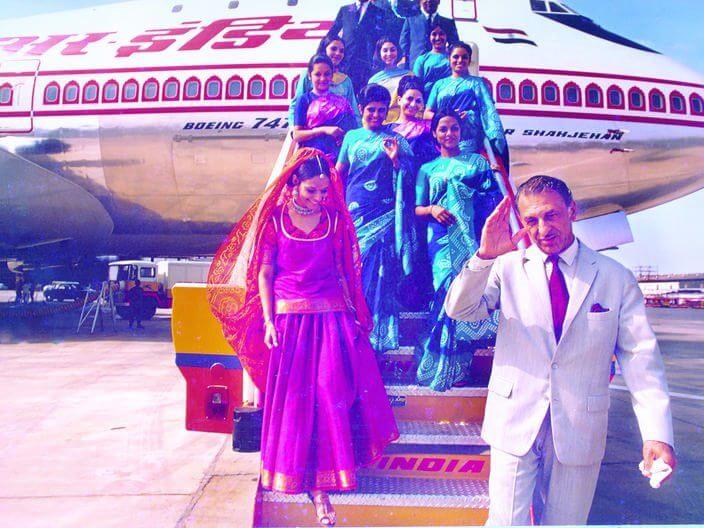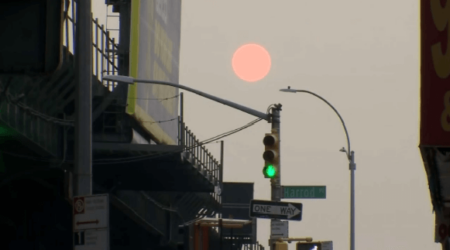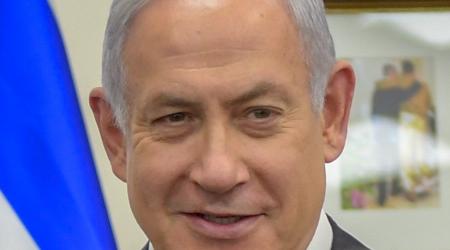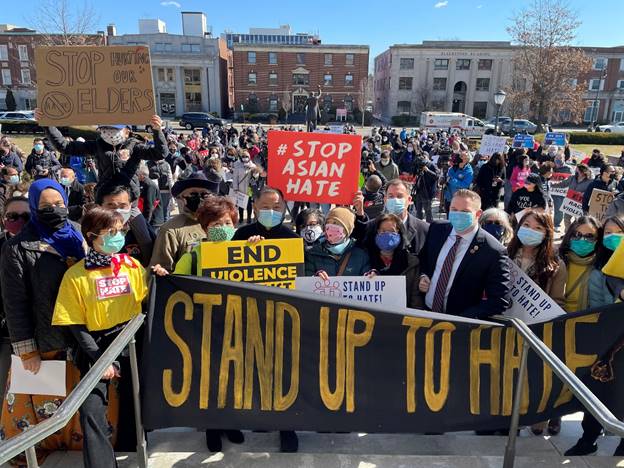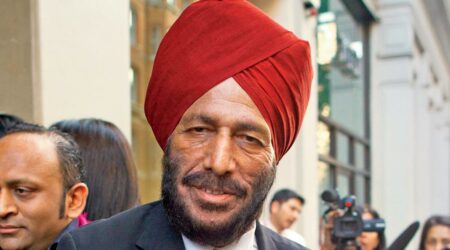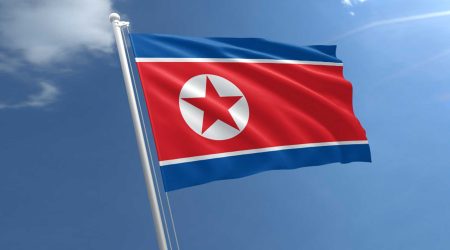By Shashank Shah
Tata Airlines was formed in April 1932 under the leadership of Jehangir Ratanji Dadabhoy (fondly called JRD) Tata, India’s first civil aviation pilot, Tata Group Chairman from 1938 to 1991, and the only industrialist to receive the Bharat Ratna.
The story of Indian commercial civil aviation began on October 15, 1932, when JRD took off on his first official Tata Airlines flight from Karachi’s Drigh Road aerodrome and landed ahead of schedule at what was then Bombay’s Juhu airstrip (actually the wetlands of Juhu beach).
Over the next five years, Tata Airlines’ profits rose from Rs 66,000 to Rs 600,000, with 99.4% punctuality. The Indian princes loved the idea of airplanes linking their states with the outside world and Tatas’ business did very well ferrying the maharajas in special chartered planes. In 1938, Bobby Kooka, among the first employees at the company, designed the iconic Maharaja as the brand identity of Tata Airlines and a symbol of hospitality. It continues to remain the carrier’s identity 83 years later.
During the tumultuous post-Partition period, Tata Airlines had flown refugees from Pakistan to India and vice versa, a gesture acknowledged by Prime Minister Jawaharlal Nehru. In October 1947, Tata Sons proposed the establishment of a new company for international air service – Air India International.
The proposal was accepted within three weeks by the newly-formed Government of India. Air India International’s first overseas flight from Bombay to London landed on time (after stops at Cairo and Geneva) in June 1948. JRD was welcomed at the London Airport to a battery of floodlights and cameras, which had gathered to welcome the first Asian airline connecting the East to the West.
Over the years, Air India International developed an admirable reputation for its high-class onboard service. It had made an icon of its air hostesses in their exotic silk saris.
However, clouds of nationalization were hovering over the civil aviation sector since independence. In 1953, Tata Airlines along with seven other domestic airlines were nationalized and rebranded as Indian Airlines while Air India International (the only international carrier in India) was nationalized and rebranded as Air India.
The government invited JRD to lead both corporations. He accepted and became chairman of Air India and a director on the board of Indian Airlines. Over the next 25 years, he helped maintain high standards of service and micro-managed the carrier’s operational aspects.
In February 1978, the Morarji Desai-led government dropped JRD from the chairmanship of Air India and the directorship of Indian Airlines. The decision deeply impacted the man who had served the company for 45 years without a penny in remuneration.
In 1980, when Indira Gandhi came back to power, she re-appointed JRD on the board of both airlines, though not as chairman. JRD continued to serve on the boards till 1986, the year in which Ratan Tata was appointed as the chairman of Air India.
In 1994, under Prime Minister Narasimha Rao’s Open Skies Policy, the Air Corporation Act — the 1953 law under which air transport services were nationalized— was abolished.
The sector was now open to private players and the Tatas decided to enter the fray. While JRD had passed away the previous year, Ratan Tata, the new group chairman, and an avid aviator too, led the charge.
However, the following few years saw multiple coalition governments. Diverse political and vested interests prevented the Tatas from entering the civil aviation sector. It was only in 2014 that Tata Sons started Air Asia India, a low-cost airline, in partnership with Malaysia-based Air Asia Berhad. Six months later, they started Vistara, a full-service airline, in partnership with SIA.
By the time Prime Minister Narendra Modi-led Government first put up Air India for sale in 2018, the airline had succeeded in accumulating losses of Rs 50,000 crore and a debt of Rs 55,000 crore. Besides the huge debt, some of the key problems plaguing the airline included routing and network issues, lack of decisive leadership, managerial complications, and internal incompatibility between the merged airlines. However, there were no takers for the once iconic brand. In the pandemic years, the civil aviation sector was the worst hit, and the government prioritized the privatization of the ‘Maharaja’ with more attractive conditions in 2020-21.
Today, when India’s national carrier returns to its founding institution, one wonders, how different the face of Indian civil aviation would have been if JRD Tata’s plea 68 years ago, to not nationalize the sector, had been heeded.
(Shashank Shah is the author of the national bestselling book, The Tata Group: From Torchbearers to Trailblazers. The opinion piece appeared in The Hindustan Times)


